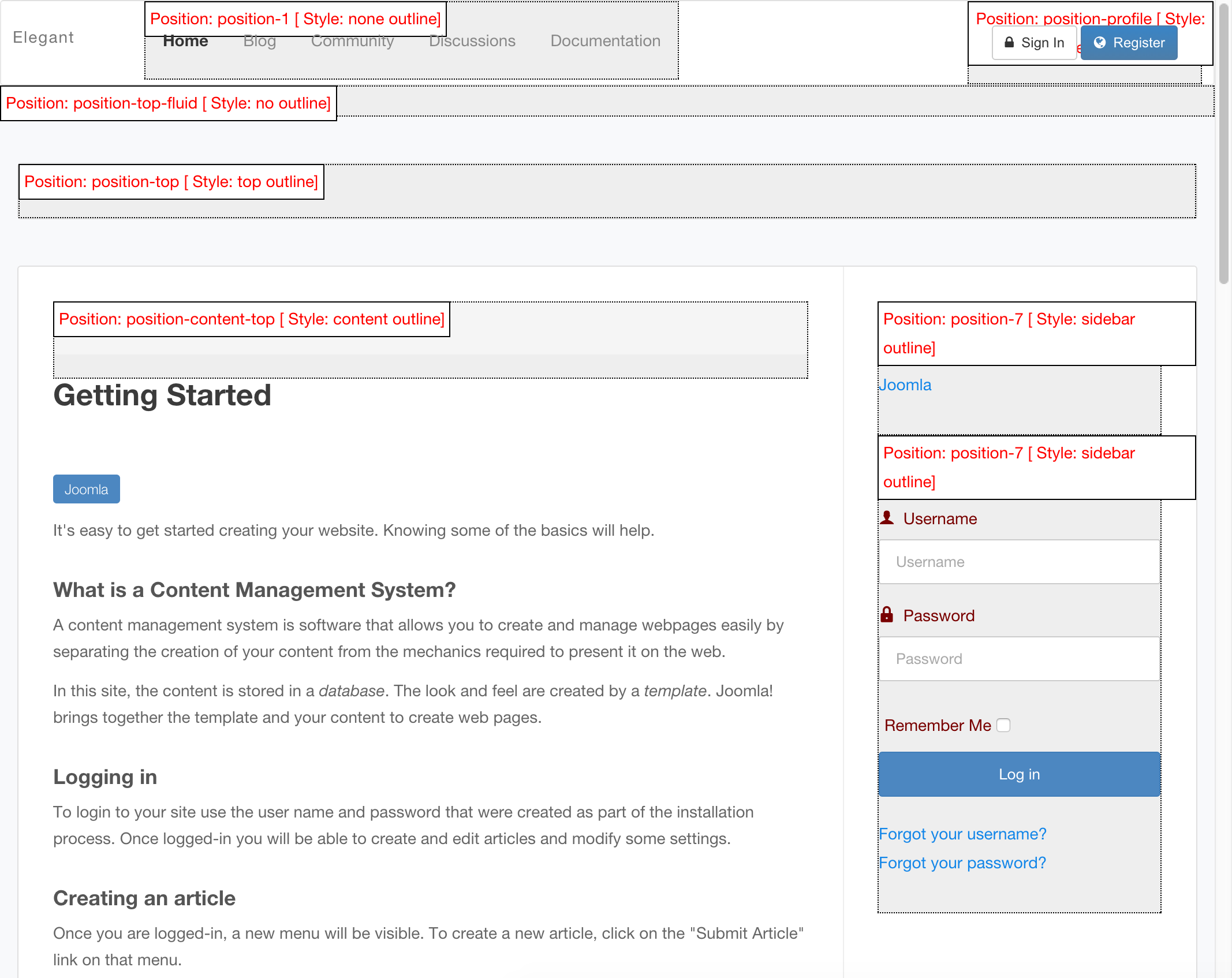
This template also comes with several module positions out of the box. Before we proceed, lets see the default module positions available on Elegant template.
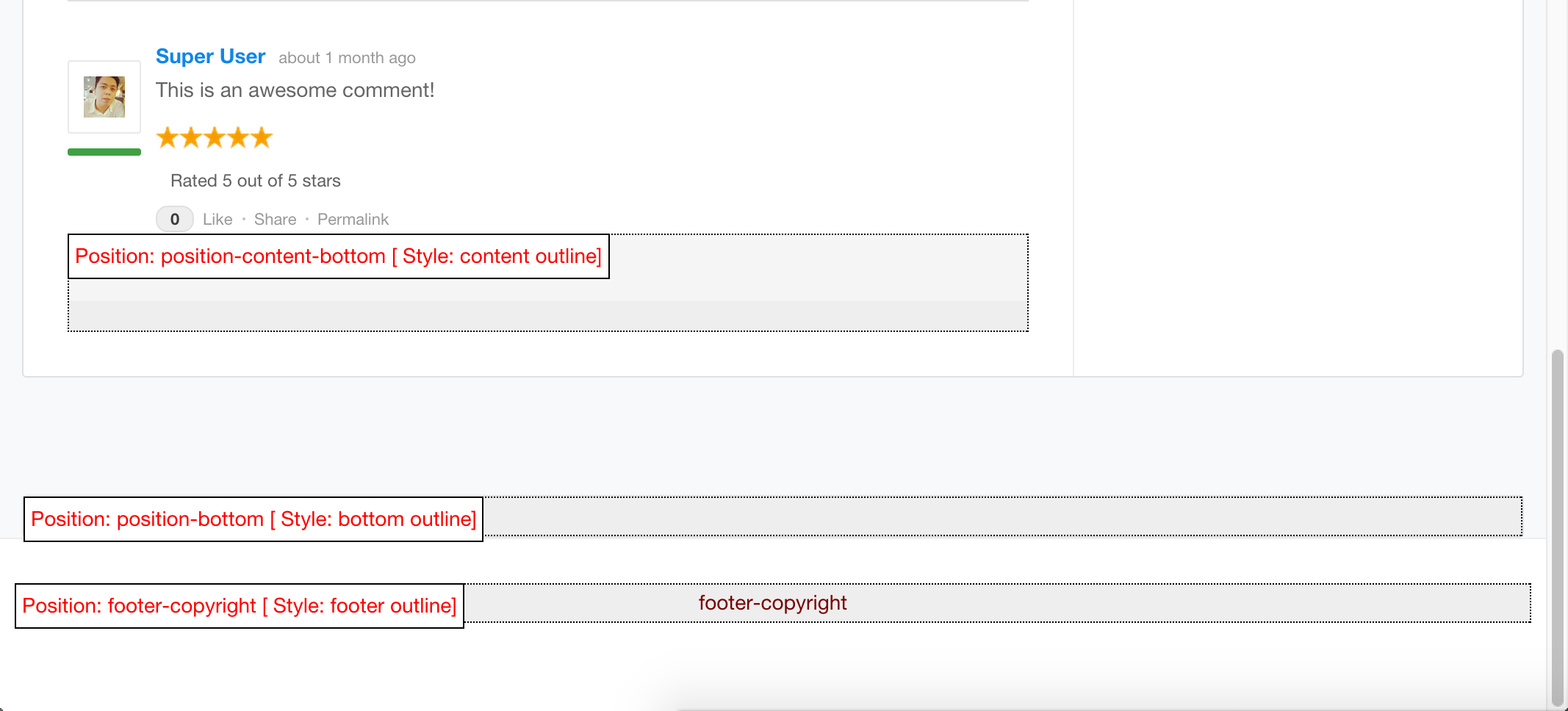
Configure Modules based on Module Positions
1. Firstly, navigate to your Joomla...
This template also comes with several module positions out of the box. Before we proceed, lets see the default module positions available on Elegant template.

Configure Modules based on Module Positions
1. Firstly, navigate to your Joomla backend: Extensions > Module Manager.
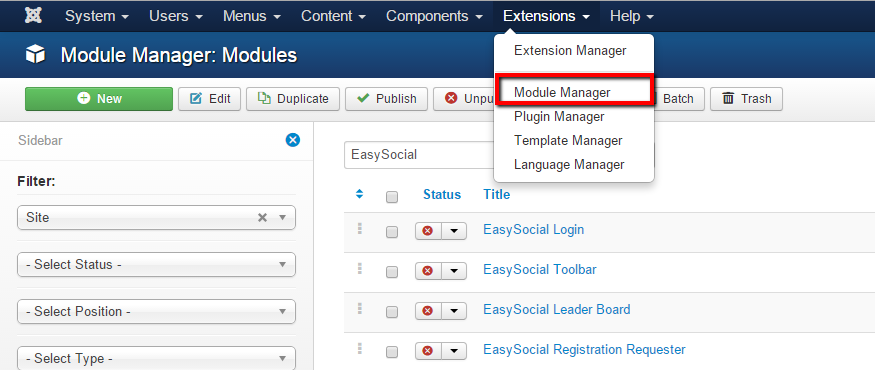
2. In the Module Manager page, click on any available module that you wishes to configure. As for this documentation, we'll configure the Joomla Main Menu module. After clicking on the desired module, the module setting page will be appear.
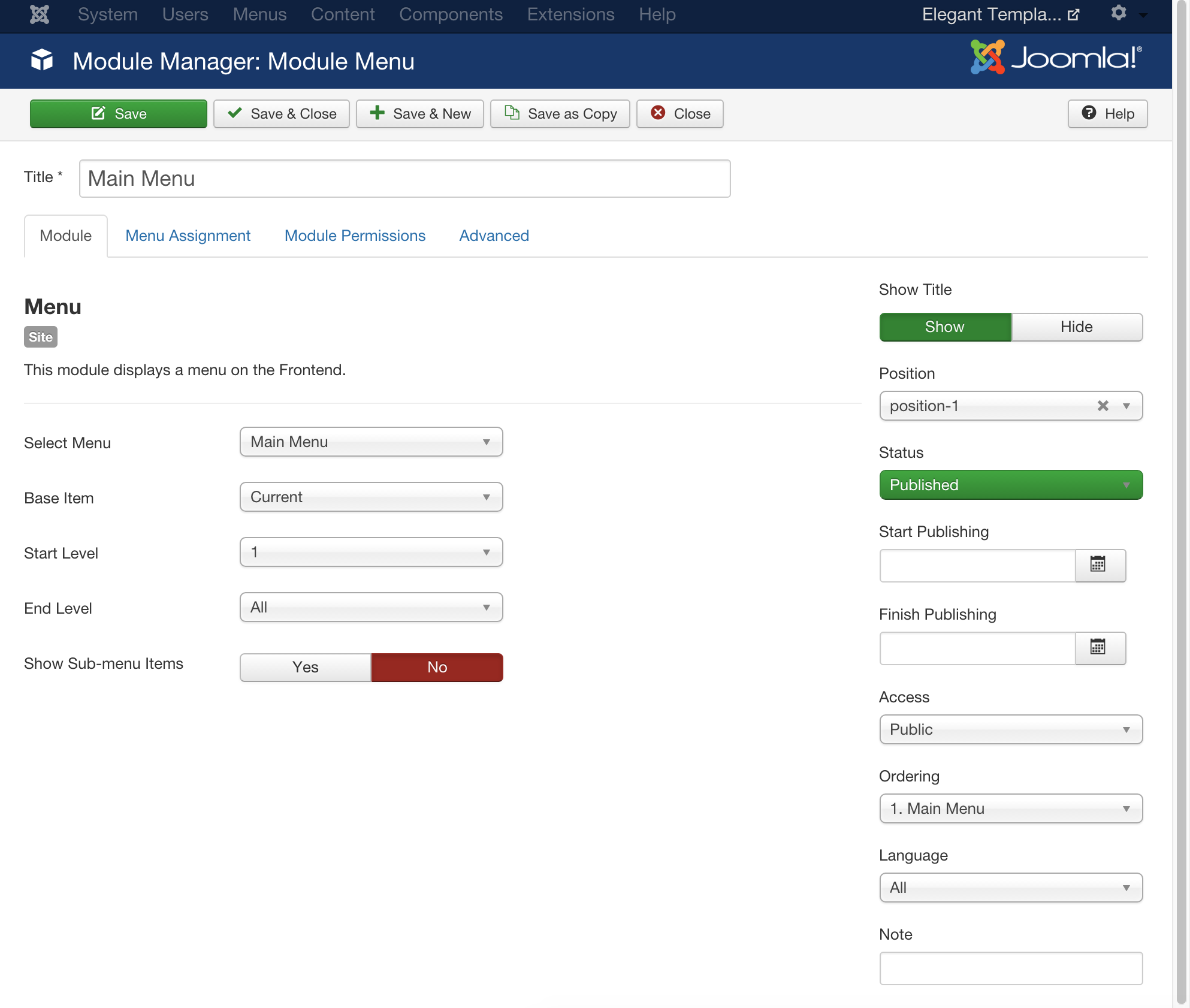
3. Next, click on the dropdown menu labeled as Position.
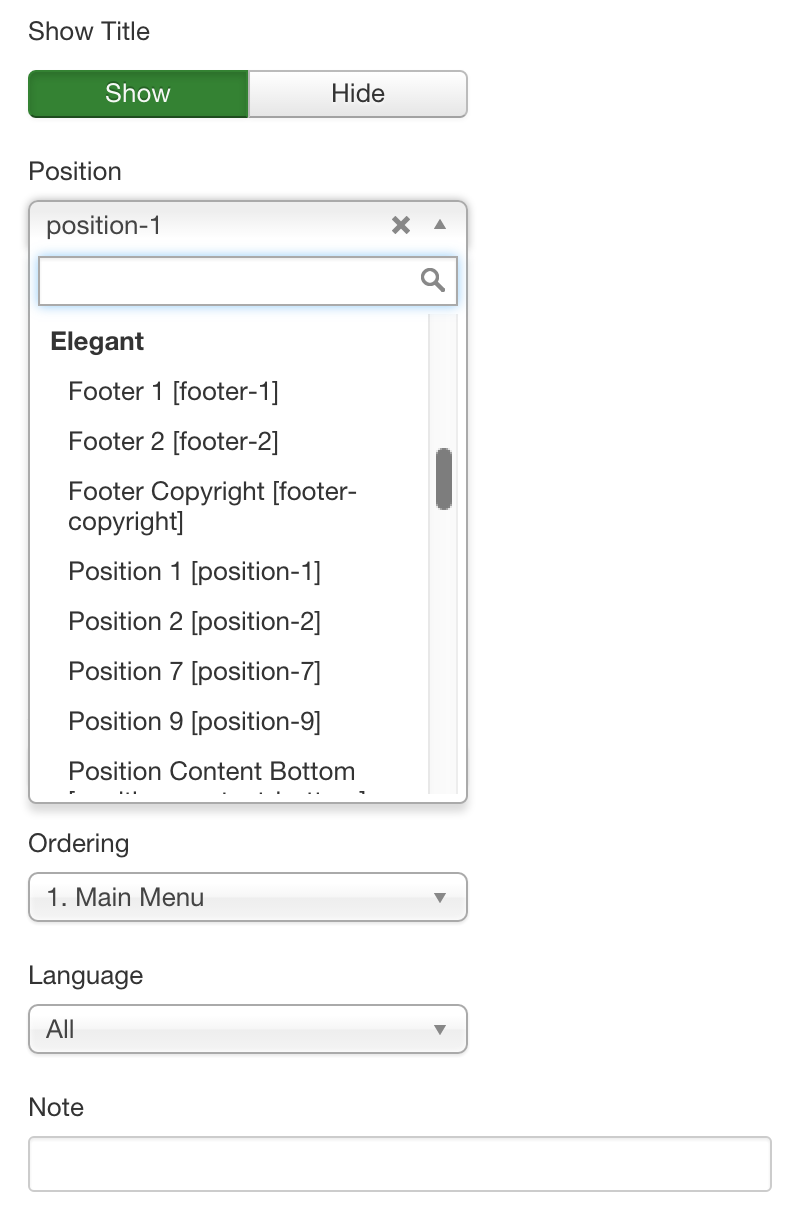
4. Choose the positions that are listed under Elegant. For this tutorial, we'll choose Position 1[position-1] for the Main Menu module.
5. You'll might want to click on the Menu Assignment tab and ensure that Module Assignment is set accordingly. This setting allows you to configure which page will the selected module be shown. As for this documentation, we'll select On All Pages because of we want the Main Menu to appear on all pages.
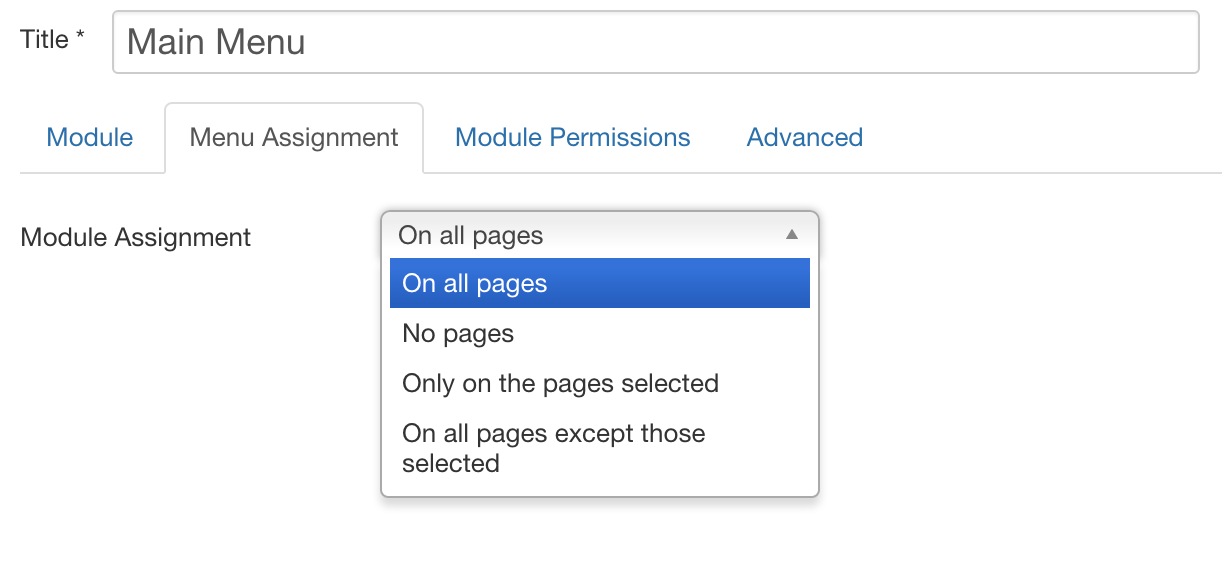
6. Once it's done, click Save to store the configuration. Your modules should be shown in the position that you've chosen. In this documentation, the Main Menu module will be appear at position-1.

That's it! Now, you can start customizing your site and make some cash. :)
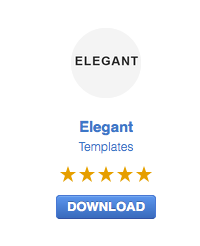
Thank you for purchasing Elegant Template from us. Here is the documentation on how to install Elegant Template on your site.
The installation of elegant template is fairly easy and straight forward.
Obtaining Elegant
1. If you have not...
Thank you for purchasing Elegant Template from us. Here is the documentation on how to install Elegant Template on your site.
The installation of elegant template is fairly easy and straight forward.
Obtaining Elegant
1. If you have not purchased it yet, head on to http://stackideas.com/apps/templates to purchase the template and search for Elegant Templates.
2. If you already purchased, click on the Download button to download the template.
3. You should be downloading a file named tpl_elegant_30.zip. Got it? Let's move on to the installation.
Installing Elegant
1. Navigate to your Joomla backend and click on Extensions > Extensions Manager.
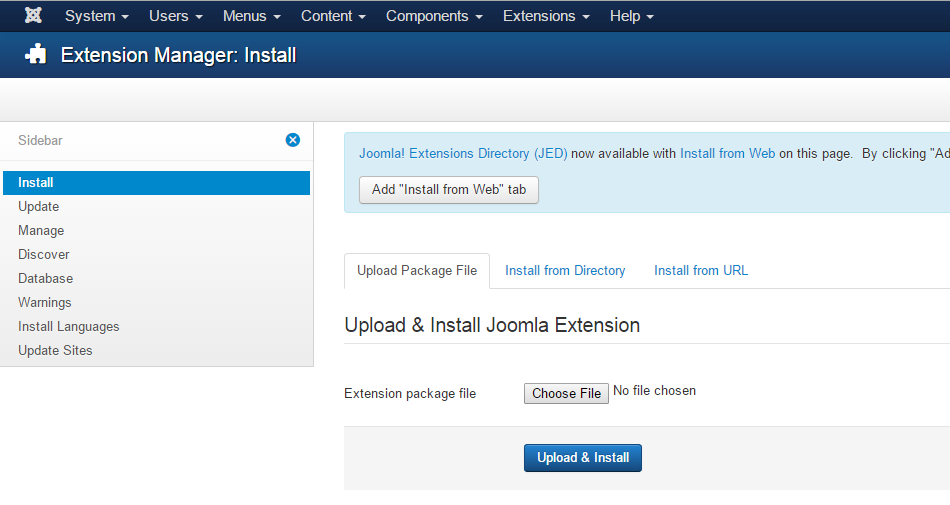
2. Under Install and Upload Package File, click on the Choose File button. There should be a file popup window requesting for selection of file that you wishes to upload. Choose the downloaded template file earlier; tpl_elegant_30.zip.
3. Proceed the installation process by clicking Upload & Install button. Follow the on-screen's instruction and you should be getting the Installing template was successful message.
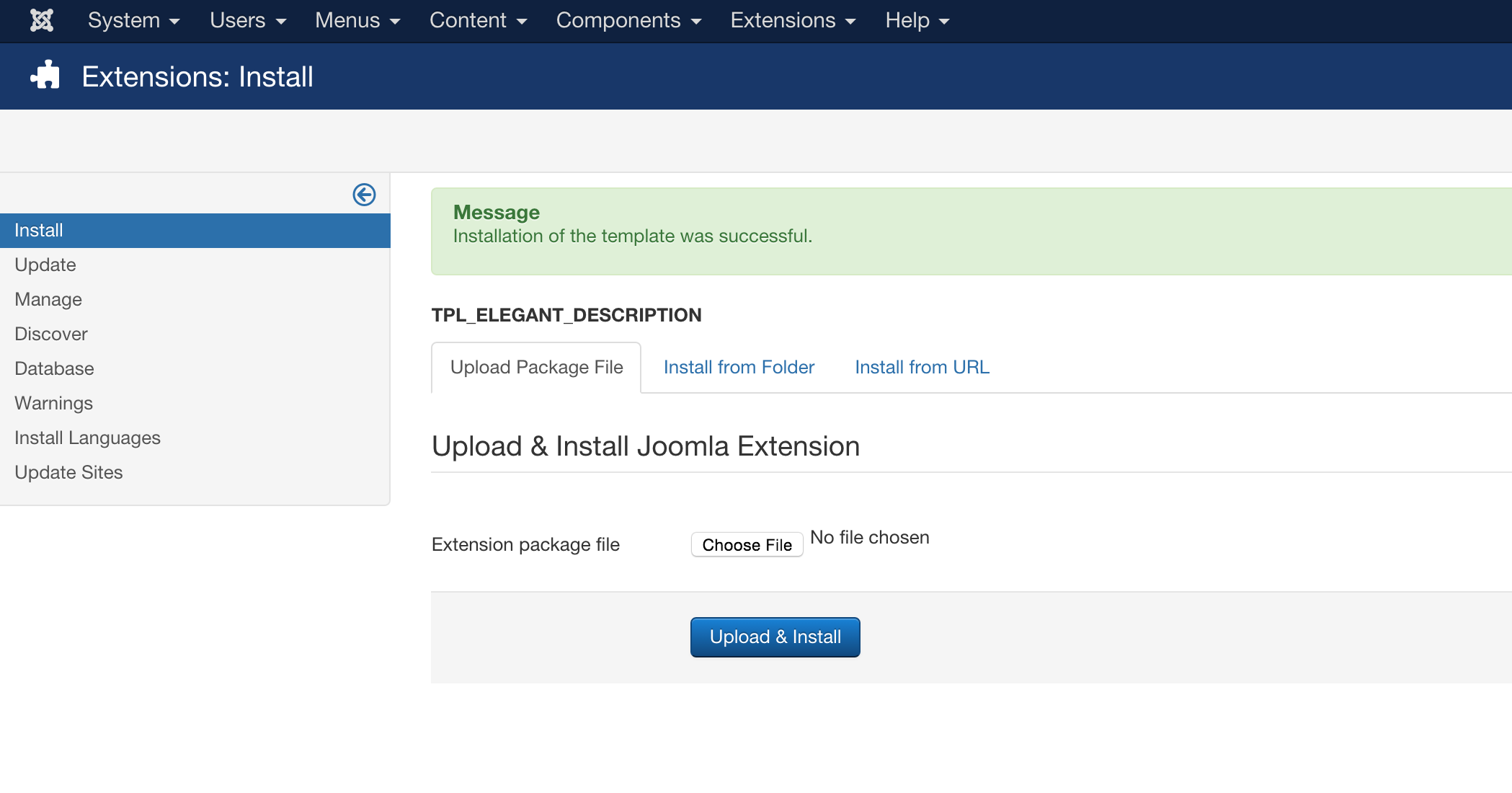
Applying Elegant
1. You can apply Elegant template on your site by first navigate to your Joomla backend and click on Extensions > Templates.
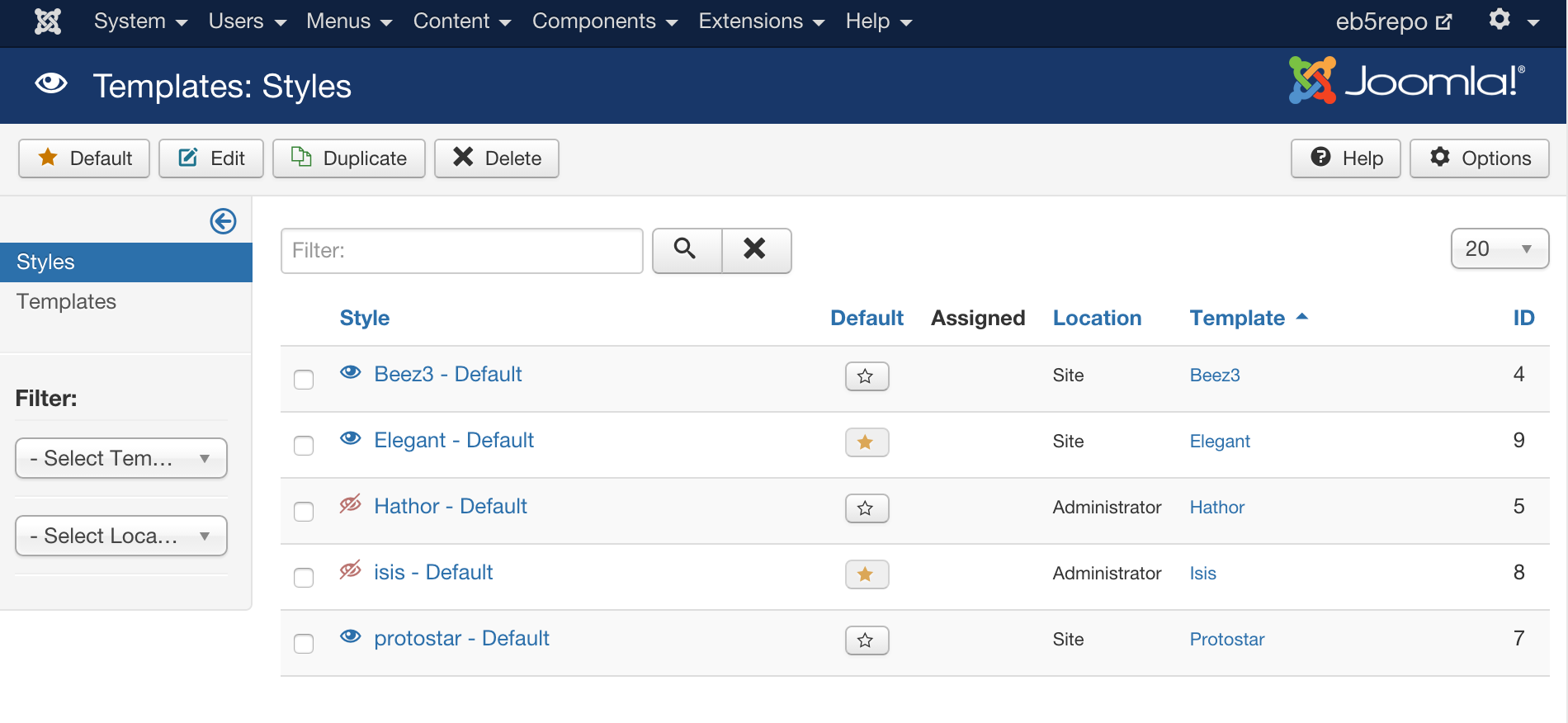
2. Next, select the Elegant template by clicking the checkbox at the left and click on Default button.
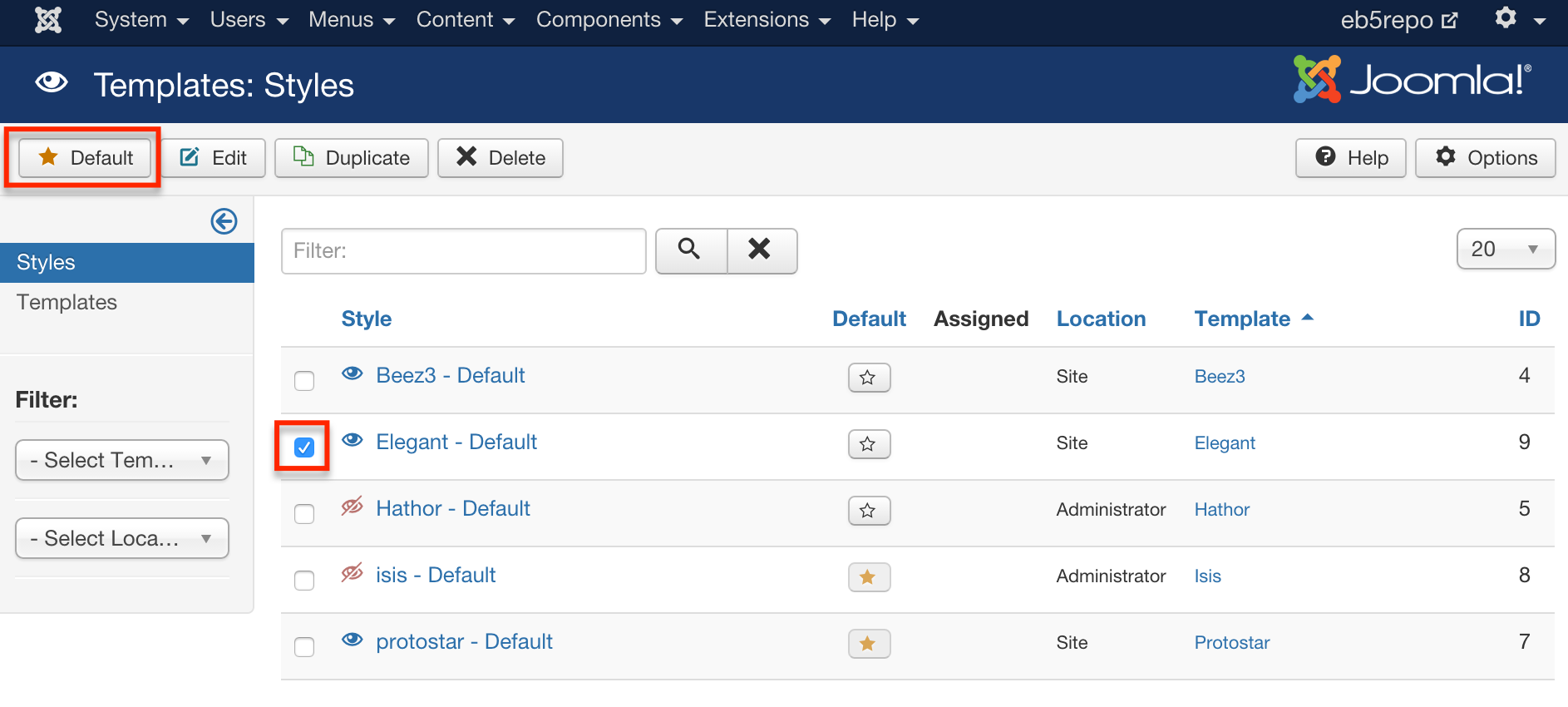
That's it! Elegant template is now the default template for your site. Huray!
In this section, you will be able to look for resources on how you could setup your new template to look similar to this site.
1. Installation
It's easy to get started creating your website. Knowing some of the basics will help.
What is a Content Management System?
A content management system is software that allows you to create and manage webpages easily by separating the creation of...
It's easy to get started creating your website. Knowing some of the basics will help.
What is a Content Management System?
A content management system is software that allows you to create and manage webpages easily by separating the creation of your content from the mechanics required to present it on the web.
In this site, the content is stored in a database. The look and feel are created by a template. Joomla! brings together the template and your content to create web pages.
Logging in
To login to your site use the user name and password that were created as part of the installation process. Once logged-in you will be able to create and edit articles and modify some settings.
Creating an article
Once you are logged-in, a new menu will be visible. To create a new article, click on the "Submit Article" link on that menu.
The new article interface gives you a lot of options, but all you need to do is add a title and put something in the content area. To make it easy to find, set the state to published.
Template, site settings, and modules
The look and feel of your site is controlled by a template. You can change the site name, background colour, highlights colour and more by editing the template settings. Click the "Template Settings" in the user menu.
The boxes around the main content of the site are called modules. You can modify modules on the current page by moving your cursor to the module and clicking the edit link. Always be sure to save and close any module you edit.
You can change some site settings such as the site name and description by clicking on the "Site Settings" link.
More advanced options for templates, site settings, modules, and more are available in the site administrator.
Site and Administrator
Your site actually has two separate sites. The site (also called the front end) is what visitors to your site will see. The administrator (also called the back end) is only used by people managing your site. You can access the administrator by clicking the "Site Administrator" link on the "User Menu" menu (visible once you login) or by adding /administrator to the end of your domain name. The same user name and password are used for both sites.
Learn more
There is much more to learn about how to use Joomla! to create the web site you envision. You can learn much more at the Joomla! documentation site and on the Joomla! forums.



